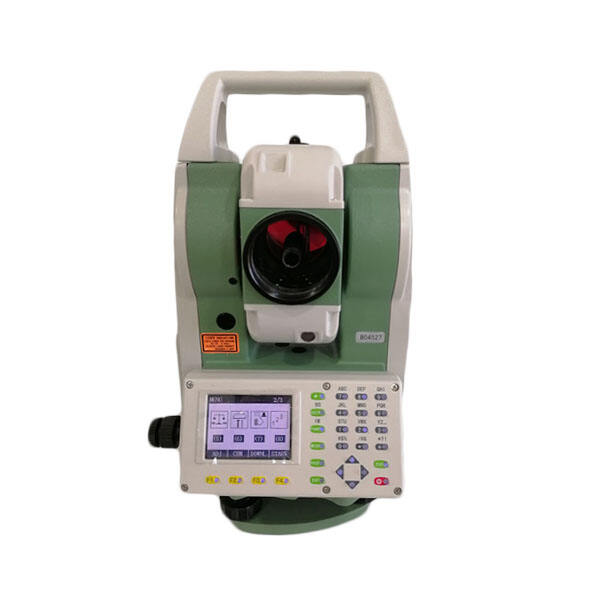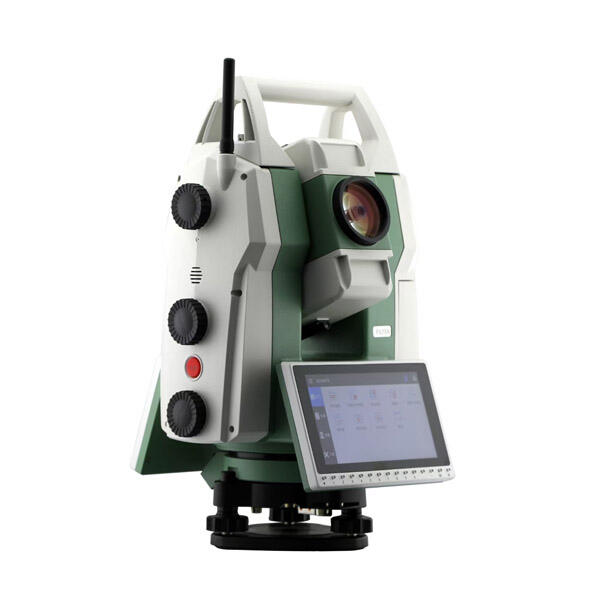electronic total station
The electronic total station represents a revolutionary advancement in surveying technology, combining precision measurement capabilities with digital data processing. This sophisticated instrument integrates an electronic theodolite with an electronic distance measurement system and microprocessor, enabling surveyors to determine angles, distances, and coordinates with exceptional accuracy. The device features a built-in computer that automatically calculates and displays horizontal and vertical angles, slope distances, and coordinates in real-time. Modern electronic total stations come equipped with advanced features such as automatic target recognition, remote control operation, and data storage capabilities. They utilize infrared waves or laser technology for distance measurement, achieving accuracy levels of up to 1mm per kilometer. The instrument's onboard software allows for complex calculations and immediate data processing in the field, eliminating manual computation errors. Total stations can store thousands of points and measurements, which can be easily transferred to computers for further analysis and mapping. These devices are widely used in construction, civil engineering, land surveying, mining operations, and architectural projects, providing essential data for precise positioning and layout work. The integration of Bluetooth and Wi-Fi connectivity enables seamless data transfer and remote operation, enhancing workflow efficiency and productivity.


